Formed in 1920 the Ulster Special Constabulary was also known as the B-Specials. As a reserve police force, they were used in times of emergency such as the Irish War of Independence. They were disbanded in 197 under a...
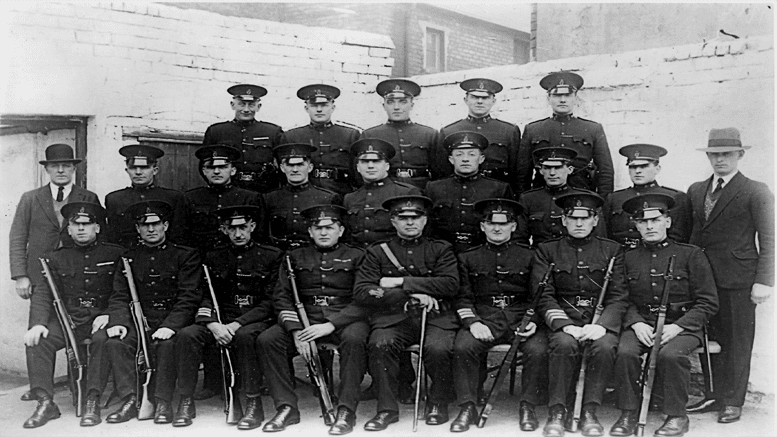

Formed in 1920 the Ulster Special Constabulary was also known as the B-Specials. As a reserve police force, they were used in times of emergency such as the Irish War of Independence. They were disbanded in 197 under a...
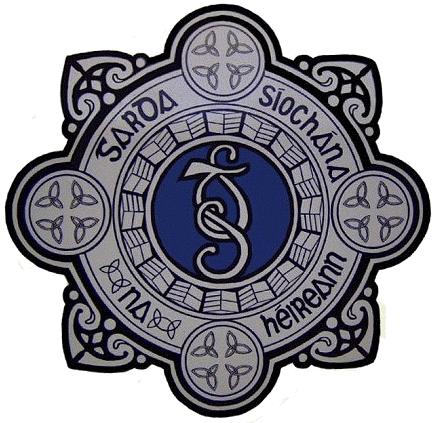
Prior to the signing of the Anglo-Irish Treaty of December 1921, Ireland was policed by the Royal Irish Constabulary (RIC) and Dublin Metropolitan Police. Needless to say, due to their loyalty to the old British regime...
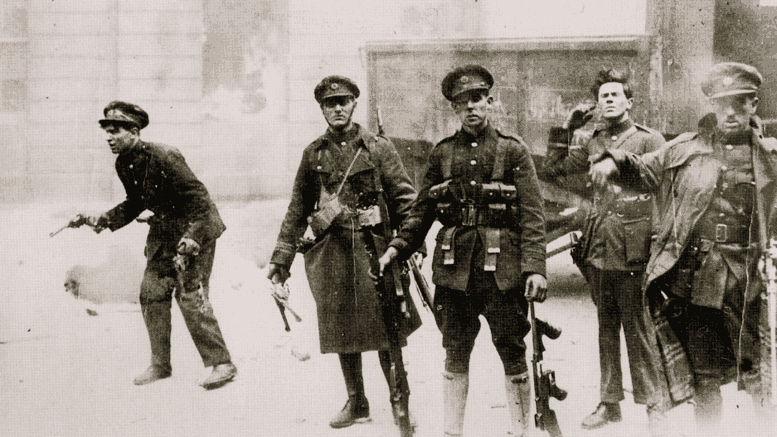
With the ratification of the Anglo-Irish treaty of 1921 by Dáil Éireann, albeit by a very small majority, the seeds of the civil war were sown. The Treaty accepted the de facto partition of Ireland into a 26 county...
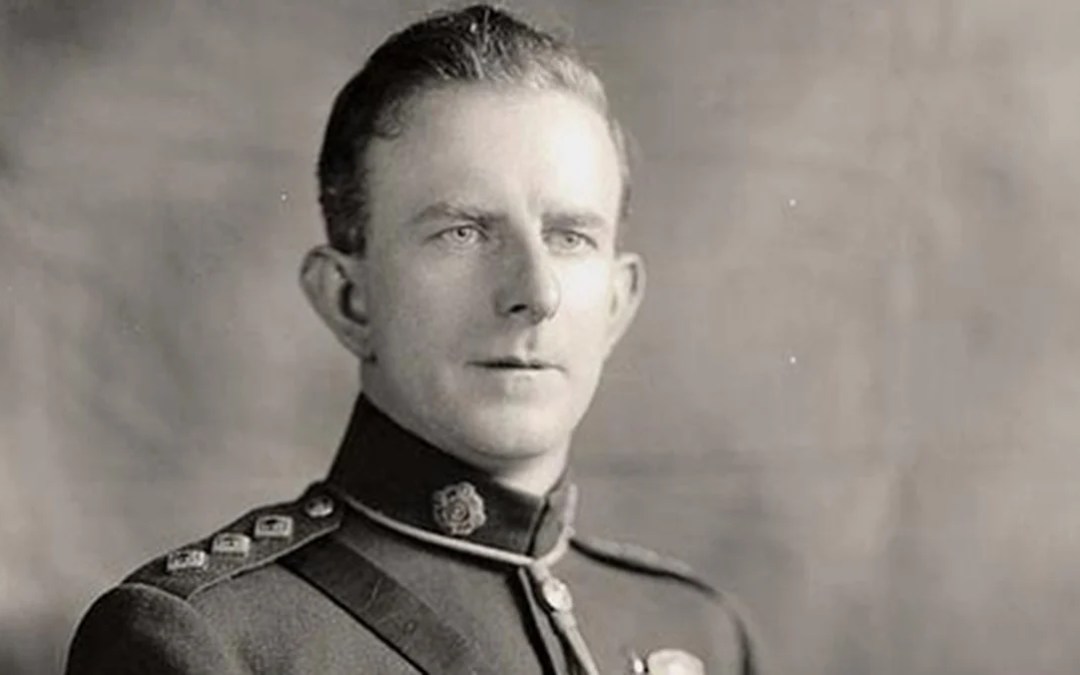
Eoin O'Duffy was born in Ulster, near Castleblaney in County Monaghan. Trained initially as an engineer he later became an auctioneer. He became interested in Irish politics and joined Sinn Féin, later becoming a...
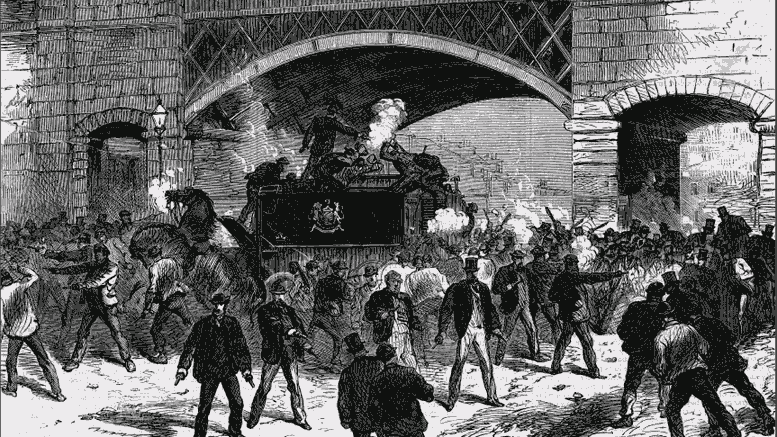
The Fenian Rebellion of 1867 was a result of failed attempts to invade Canada by the Irish-American branches of The Fenian Brotherhood, the movement there was severely split between the supporters of Colonel John Roberts and those of John O’ Mahoney. Just as Roberts...
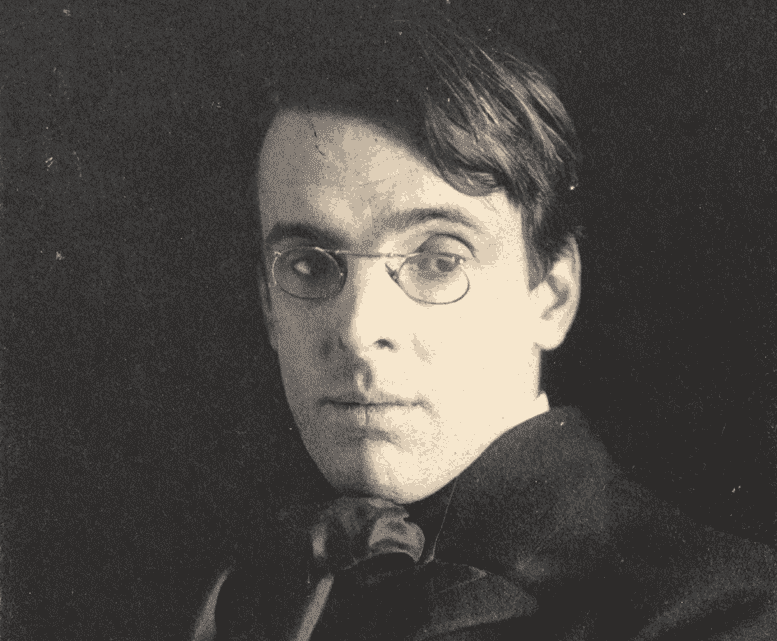
William Butler Yeats, poet, playwright and Irish nationalist was born in Sandymount, County Dublin on July 13th, 1865. His father, John, was a portrait painter and non- practicing barrister. The family were Anglo Irish and descended from a linen merchant, Jervis...
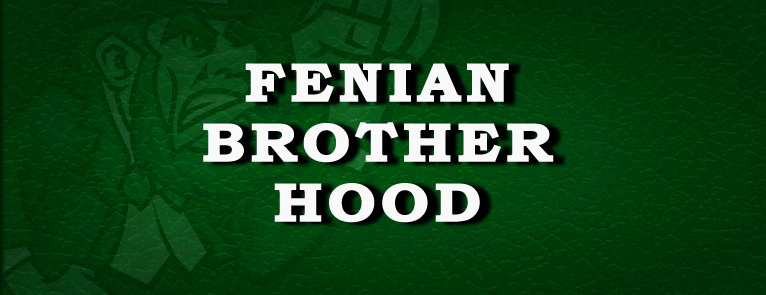
In the aftermath of the Great Famine, Ireland was exhausted. The population had fallen dramatically through death from hunger and disease, and from mass emigration. Over a million people had fled to seek a new life in North America, and possibly the same number...
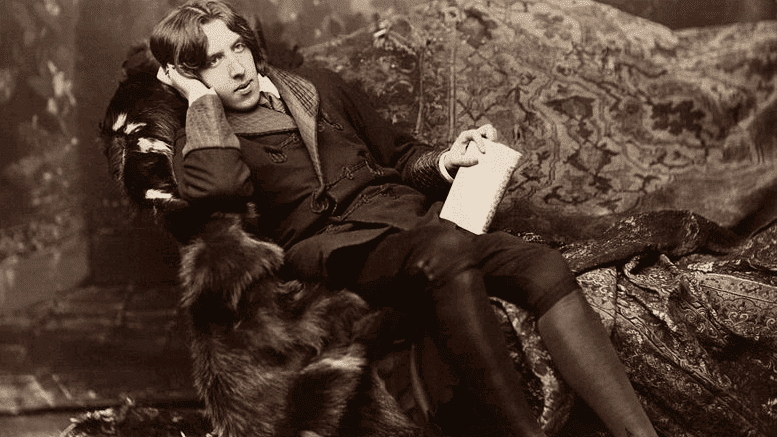
Wilde, born in Westland Row in Dublin, was the middle child of Sir William Wilde, a successful eye and ear surgeon, and his wife Jane Francesca, an Irish nationalist who wrote poetry under the pseudonym of Speranza (Italian for Hope). She was a great admirer of the...
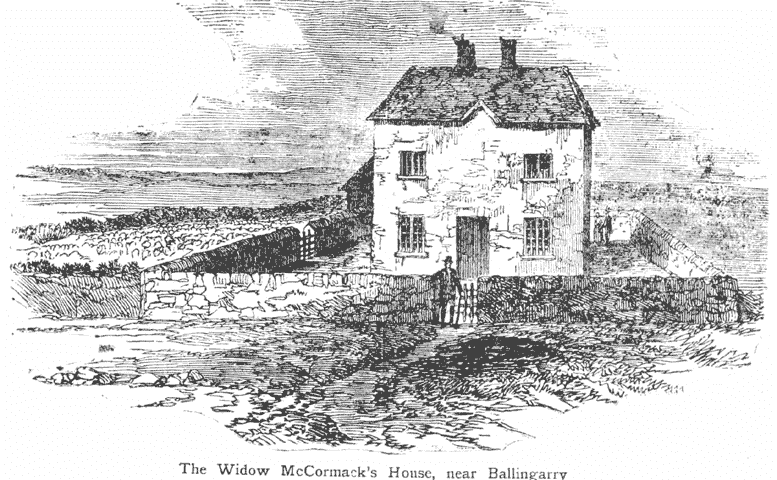
As Ireland struggled with the dire effects of the Great Famine, supporters of Daniel O Connell had started to become disappointed by his failure to achieve real land reform, or self- government for Ireland, through peaceful methods. Emboldened by revolutionary events...

Mass migration of the Irish peaked during the Great Famine (An Gorta Mor) or commonly known as the Potato Famine of 1845-1850. The Famine in Ireland With potatoes being the main source for food the famine had a disastrous effect all over Ireland. The failure of the...
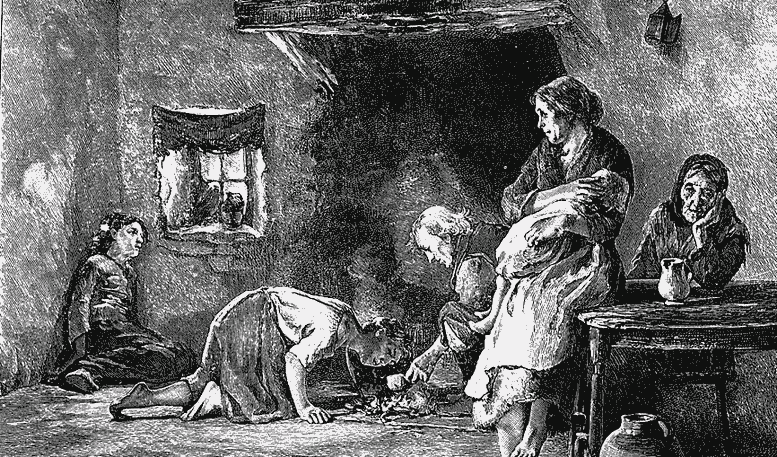
Between the years of 1845 and 1852 famines struck Ireland along with disease that would leave 1,00,000 Irish people dead and just as many leaving the country. In late 1845 a fungal disease was found in potatoes and because potatoes were the main source of food in...
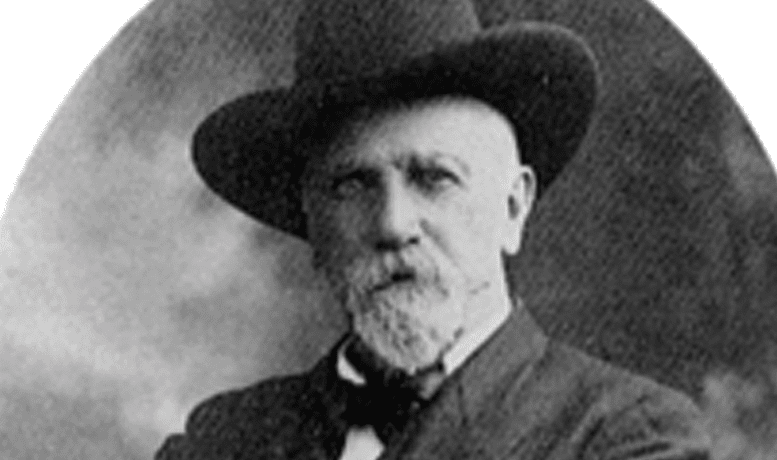
Jeremiah O’Donovan Rossa was an Irish revolutionary. Born on 18 September 1831 devoted over 60 years of his life to Irish independence. Born in Reenascreena, West Cork, he was the son of a tenant farmer, Dennis O’Donovan and his wife Nellie. The early life of Jeremiah...

After his success in achieving Catholic emancipation in 1829, Daniel O’ Connell’s next objective was the quest to repeal the Act of Union between Great Britain and Ireland. He desired, not an independent republic, but rather the independent Kingdom of Ireland under...
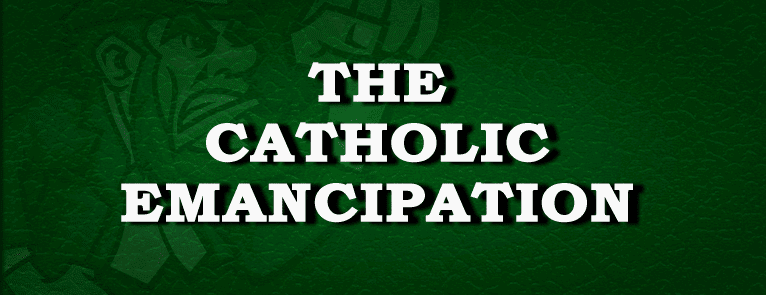
The failure of the Union of Ireland with Great Britain was that in practical terms it did little to ease the terrible poverty endemic throughout the island. Indeed as the population expanded to a never seen before level, the peasantry was lowered to such depths of...

In March 1802, just two months after the creation of the United Kingdom and Ireland, the British signed a peace treaty with the French at Amien. In London, William Pitt resigned as Prime Minister because the King refused to allow the emancipation of Catholics...
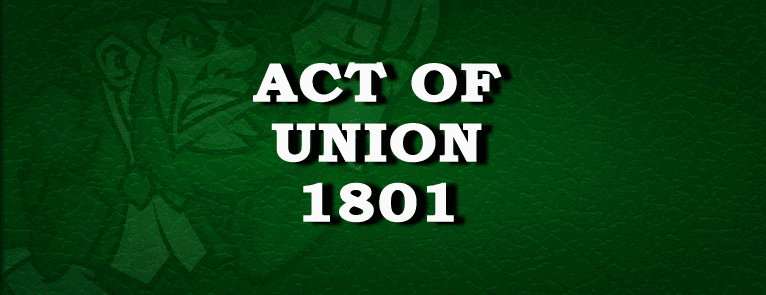
The Act of Union came into effect on January 1, 1801, joining Ireland to Great Britain, creating the United Kingdom of Great Britain and Ireland. At the beginning of the 19th century, England was still at war with France, and there were fears that Ireland would once...